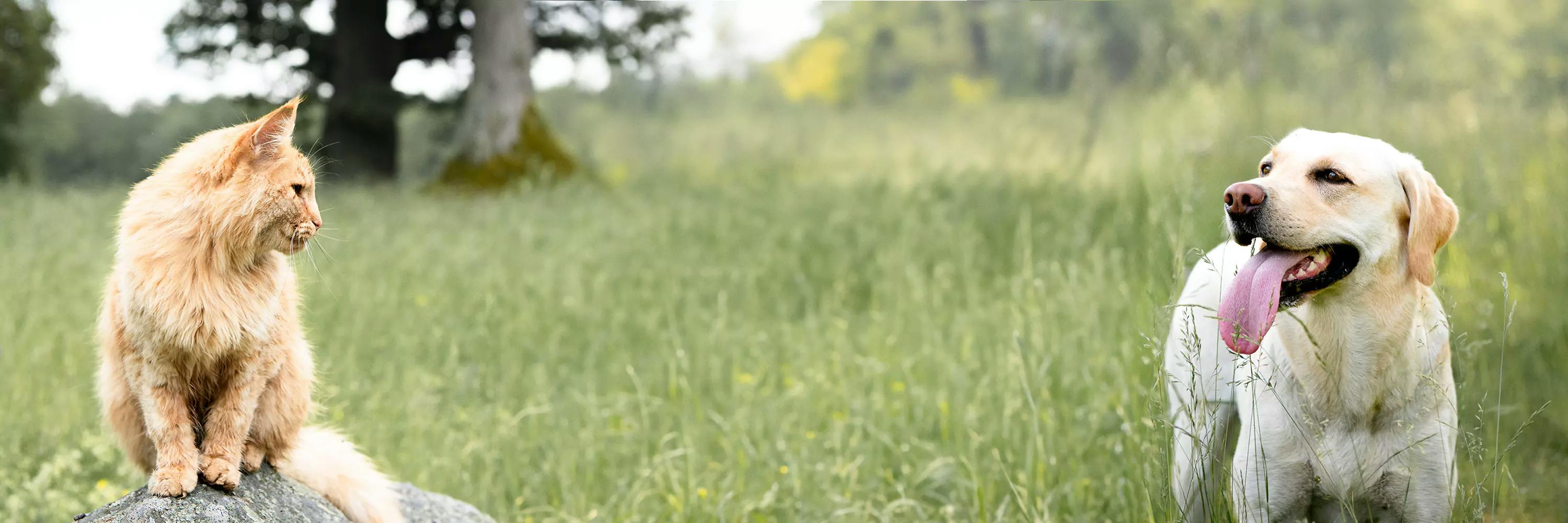Active location:
Select your country:

Lesson 3 - How does insect farming work?
Some of the most common questions we receive when we talk about our products revolve around the insects. What species are they? Where do they come from? And what do they eat? In this lesson, we'll delve into the basics of all our products - the insects!
Which insect is used and why?
We only use one species as the foundation in our products - the larva of the black soldier fly. This particular larva is chosen for several reasons:
It boasts incredibly high nutritional value, rich in protein, essential amino acids, and beneficial fatty acids, perfectly meeting the dietary needs of our dogs and cats.
It naturally grows fast and stays healthy, eliminating the need for antibiotics in production.
It's sustainable to produce, requiring significantly fewer resources in terms of feed, land, water, and greenhouse gas emissions, for the same amount of protein compared to meat.
Take a look inside our insect farm!
We are so proud of our insect partners that we're eager to show what it looks like on the inside.
Where do the larvae come from and how do they live?
The larvae are bred at our partner Protix, an insect farm located in the Netherlands specialized in this species for dog and cat feed. They are also leaders in research, quality, and innovation in the field.
The larvae live in a vertical cultivation system, in a substrate where they can burrow and where temperature and humidity are carefully controlled for their well-being - they enjoy it warm and moist!
What is the life cycle of the larvae?
The breeding of the larvae begins with adult female flies laying eggs in warm chambers, which then hatch into larvae and begin to grow. They grow incredibly fast - from hatching, it only takes about two weeks until they are fully grown and most nutritious.
The larvae intended for food are harvested at this most nutritious stage, but some are saved and pupate, developing into adult flies. The adult flies do not eat anything during their natural lifespan of just over a week, only reproducing and laying new eggs.
Here lies a key to why the larvae are so incredibly nutritious - because the adult flies do not eat, all the energy, protein, fat, and other nutrients needed to become a pupa, develop into a fly, live a whole week, reproduce, and lay eggs must be contained within the larva - and this requires a lot of nutrition even though it's just a small larva!
What do the larvae eat?
The larvae eat high-quality plant-based byproducts; a mix of grain, fruit, and vegetable remnants leftover from local producers. An example of this is potato peels and leftover small potatoes from a nearby french fry manufacturer. All food for the larvae is carefully monitored to be nutritious and healthy for them to eat. This way, the larvae make use of resources that already exist, and we avoid food waste going to waste!
How are the larvae used in the feed?
When the larvae are most nutritious, they are harvested. Here too, their well-being is considered - the temperature where they live is lowered so they go into the natural dormancy they undergo to pupate. The larvae are then processed into various food items we use in our feed, such as dried into protein meal, pressed into oil, or ground into puree.







